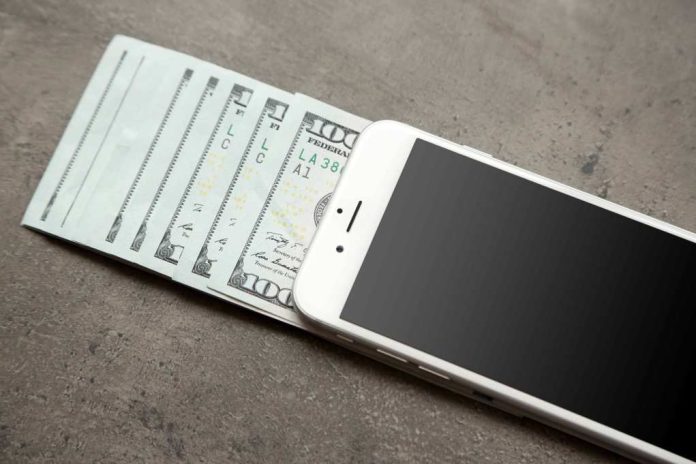
Access to good communication services is crucial in today’s world, but not everyone has it. Some communities, especially those at a disadvantage, struggle with this. To address this, the Federal Communications Commission (FCC) has created several programs. These programs are designed to make phone and internet services more affordable and accessible to everyone. They focus on different needs, from helping low-income households to connecting schools, libraries, and healthcare facilities in remote areas. Each program plays a unique role in ensuring that no one is left out of our increasingly digital society
Bridging the Digital Divide with FCC Programs
A range of important initiatives are slowly closing the gap that leaves many disadvantaged communities without good communication services. This is done through support like:
- Lifeline
- E-Rate Program
- Rural Health Care Program
- High Cost Program
- Connect America Fund
Lifeline Program – Making Communication Accessible
The Lifeline Program helps people with low incomes afford phone and internet services. It offers up to $9.25 off monthly bills for mobile or home phones. It can offer even more than that for those that live in certain parts of the country. This helps people keep up in a digital world. You can find out who can apply and how to do it on the FCC’s website. Lifeline is great because it changes with our times. It knows that being connected isn’t just about making calls. It’s also for learning, job hunting, health care, and more
E-Rate Program – Supporting Schools and Libraries
The E-Rate Program is a key part of the Federal Communications Commission’s plan to make sure schools and libraries in the U.S. keep up with the digital world. It greatly helps these places by reducing the costs of phone and internet services, and network setup. This program makes it possible for them to offer better digital learning by affording the needed tech.
E-Rate helps schools and libraries manage their budgets. This ensures that students and visitors have the tools they need for research, learning, and communication. It makes sure everyone has equal access to the latest technology, regardless of their financial situation.
Rural Health Care Program – Connecting Remote Healthcare Workers
The Rural Health Care Program helps in areas where it’s hard to get healthcare due to distance. It offers low-cost phone and fast internet services needed for modern healthcare, like telemedicine or managing electronic health records.
This program makes sure healthcare workers in rural areas can use broadband for talking with specialists far away or getting medical information online fast. Most importantly, it aims to make healthcare as good in rural areas as in cities, using technology to connect remote places with advanced medical services.
High-Cost Program – Supporting Rural Telecommunications
The High-Cost Program helps telecom companies provide affordable services in less populated areas. It understands that connecting these areas costs more. The program helps cover these costs, so people in rural places can pay similar rates for phone and internet as those in cities. This isn’t just about basic connections, but fast internet for things like education, healthcare, and business.
The program gives important funding to telecom companies. This helps them build networks without charging high prices to users. So, this initiative ensures that remote communities are not left behind in the digital world
Connect America Fund – Expanding Rural Internet Access
Along with the High-Cost Program, the Connect America Fund is another key part of the FCC’s plan to bring broadband to everyone. It aims to make sure strong internet service reaches every home in the U.S., no matter where it is. This fund helps build internet infrastructure in places that are hard to reach and where it’s usually too expensive because of the terrain and few people living there.
This effort to improve internet connections shows how important online access is in modern life. It’s needed for things like online learning and using telehealth services, especially when traveling is difficult.
Bottom Line
In conclusion, the FCC’s various programs are making a significant difference in bridging the digital divide. From Lifeline to the Connect America Fund, each initiative plays a crucial role in ensuring access to affordable and reliable communication services for all, regardless of income or location. These programs are not just about connectivity; they’re about empowering communities, enhancing education, improving healthcare, and supporting economic growth. By addressing the unique challenges of different communities, the FCC is helping to build a more connected digital world for everyone.




























